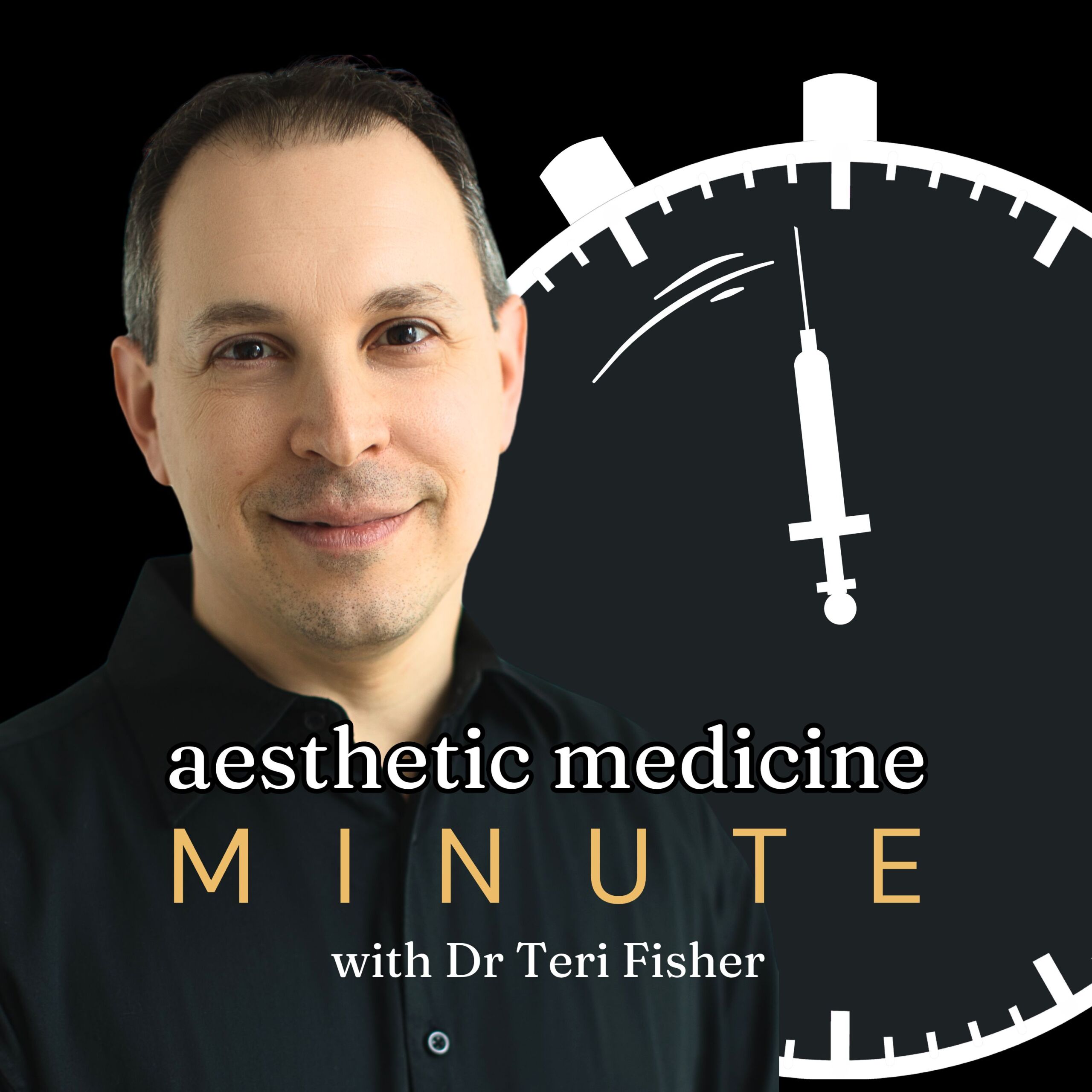
AMM 77: Evolving Lip Augmentation Science by University of Naples Research
May 14, 2024
Dive into the cutting-edge world of lip augmentation with Dr. Teri Fisher on “Aesthetic Medicine Minute.” Explore recent research utilizing advanced imaging techniques to analyze lip volume and the appearance of vermilion borders. Discover how this innovative study is shaping the future of lip enhancement treatments and providing valuable insights into assessing outcomes. Tune in to stay informed on the latest advancements in aesthetic medicine.
Quick Takes
- Lip augmentation research using 2D and 3D imaging for analysis of lips pre and post-treatment
- Study focused on optimizing lip volume and appearance of vermilion borders through a commercial lip plumper
- Evidence suggests a reliable way to measure lip treatments’ outcomes, correlating changes in lip structure with surface measurements
Episode Transcript
Hello and welcome to “Aesthetic Medicine Minute,” I’m Dr. Teri Fisher. Today’s date is May 14th, 2024. Let’s jump into today’s fascinating topic – the evolving science of lip augmentation.
Lip augmentation has seen a substantial leap forward with recent research, notably an intriguing study headed by Ritamaria Di Lorenzo from the Department of Pharmacy at the University of Naples Federico II. This research innovatively employs 2D and 3D stereophotogrammetry – which is a fancy way of saying they used special imaging for a detailed analysis of the lips both pre and post-treatment.
The study centers around optimizing lip volume and the definitive appearance of the vermilion borders, which are the edges of the lips where they meet the skin. To analyze this, the researchers compare the lips of subjects before and after treatment using a commercial lip plumper over 30 days. They didn’t just look at size changes. They delved into the lip’s youth state – factors like moisture, firmness, and even tissue density.
What’s noteworthy is the simplicity and scientific elegance of the instruments used in the study, providing a reliable method to gauge the effectiveness of lip treatments over time. The implications are clear – this method could guide us in assessing and comparing various approaches to lip enhancement.
In a nutshell, the innovation here is delivering a measuring stick for the outcomes of both cosmetic and surgical lip treatments. The evidence suggests that lip dimension can be reliably quantified, with changes in the internal structure of the lip correlated with surface measurements.
That’s all for today’s “Aesthetic Medicine Minute.” I trust that this snippet of information leaves you better informed about the advancement in lip augmentation studies. Thank you for joining me, and we’ll talk again soon.
